
The Pharmacy Technician Certification Exam (PTCE) is a comprehensive assessment of the knowledge and skills required to be a pharmacy technician, including the PTCB top 200 drugs. The exam consists of 90 multiple choice questions covering 4 major sections, including medications, patient safety and quality assurance, order entry and processing, and federal requirements. Here we …

Are you a high school student looking to pursue a career in medicine? You should consider a medical internship for high school students. Many of the most esteemed and successful medical professionals started their journey as interns in the healthcare field, and so can you. During their time as interns they refined their patient care …
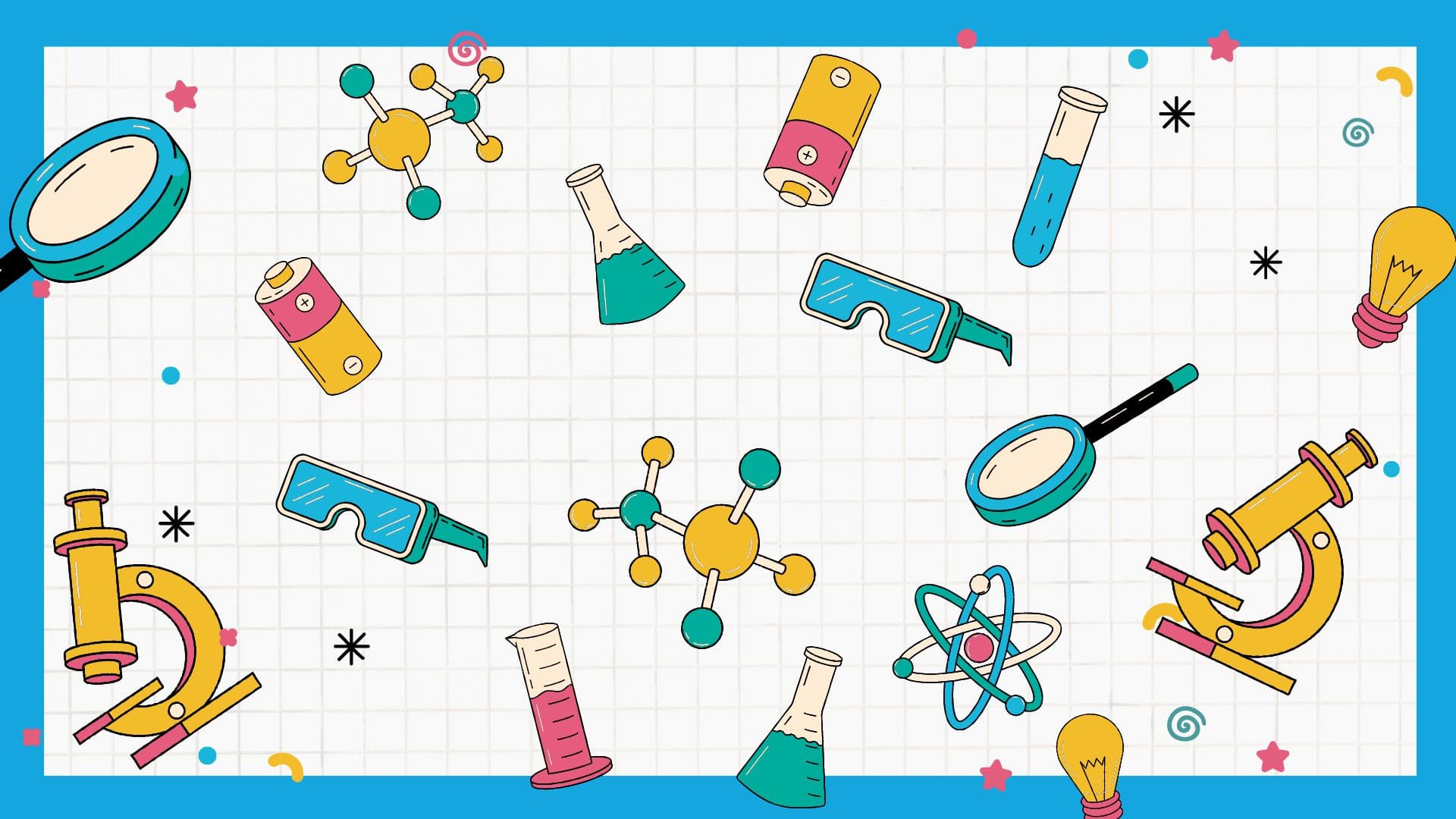
Pre-med is not a major. It is an intention, a mindset, and a strong desire to have a future attending medical school. If this is your dream, there is a certain path you will need to take. This article will provide you with all of the steps necessary for success when applying to medical school. …

The aorta is the largest artery in the body. It gives rise to many critical branches that supply vital organs. Branches of the aorta are essential to know to understand applied anatomy of the aorta like subclavian steal syndrome and giant cell or temporal arteritis.

The Hardy Weinberg equation plays an important role in population genetics. It can be used to calculate the frequency of each of the three genotypes from knowledge of the frequency of the individual alleles, and vice versa. This video also gives examples on how to apply the equation in autosomal recessive and X-linked recessive disorders.
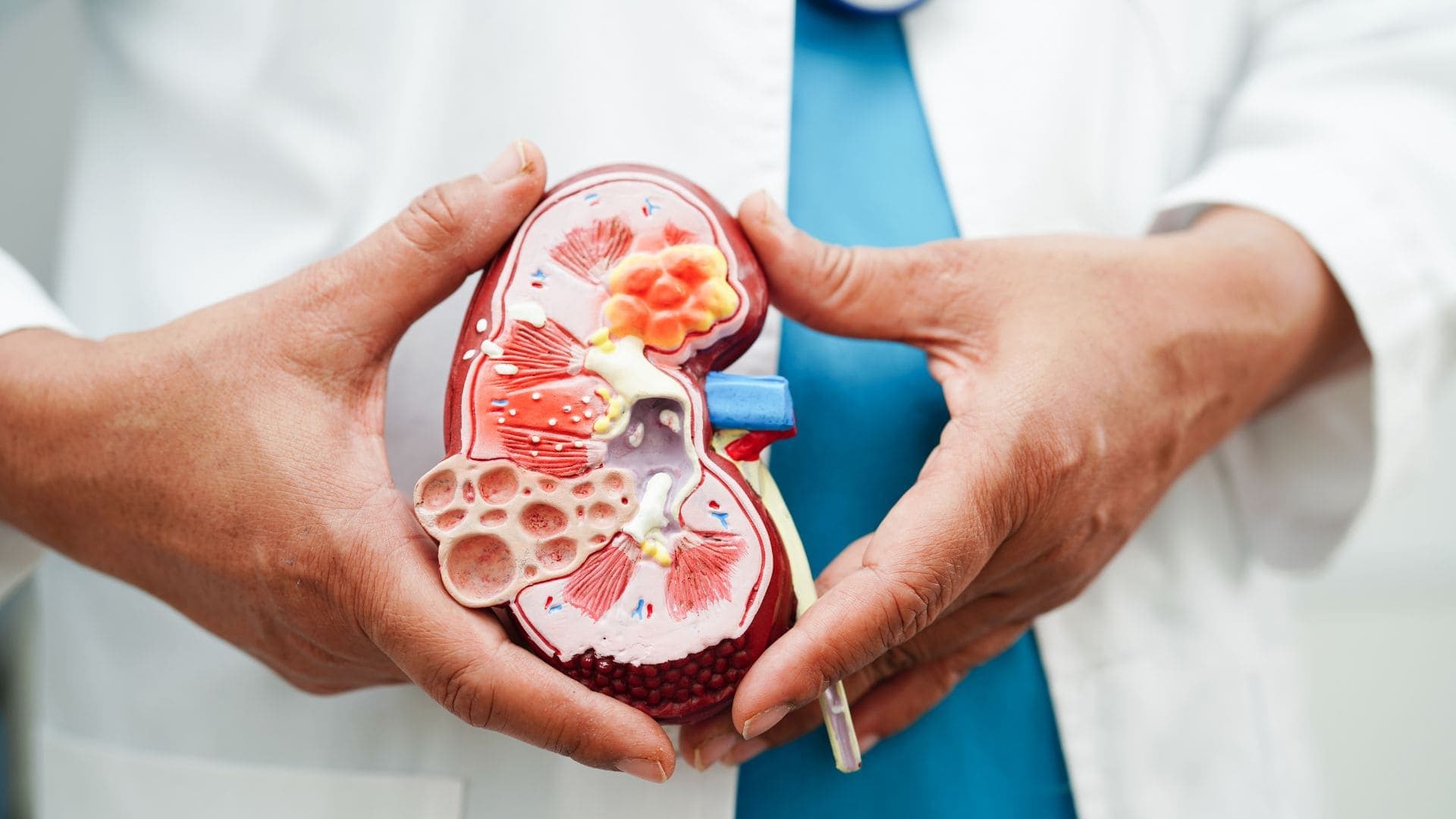
This video explains the concept of renal clearance for the USMLE exam. Renal clearance is mainly affected by glomerular filtration, tubular reabsorption and tubular secretion. It is plotted on a graph using the ratio of tubular fluid to plasma concentration of a substance and the percent proximal tubule length. Inulin, creatinine and PAH clearance is important to understand renal clearance.
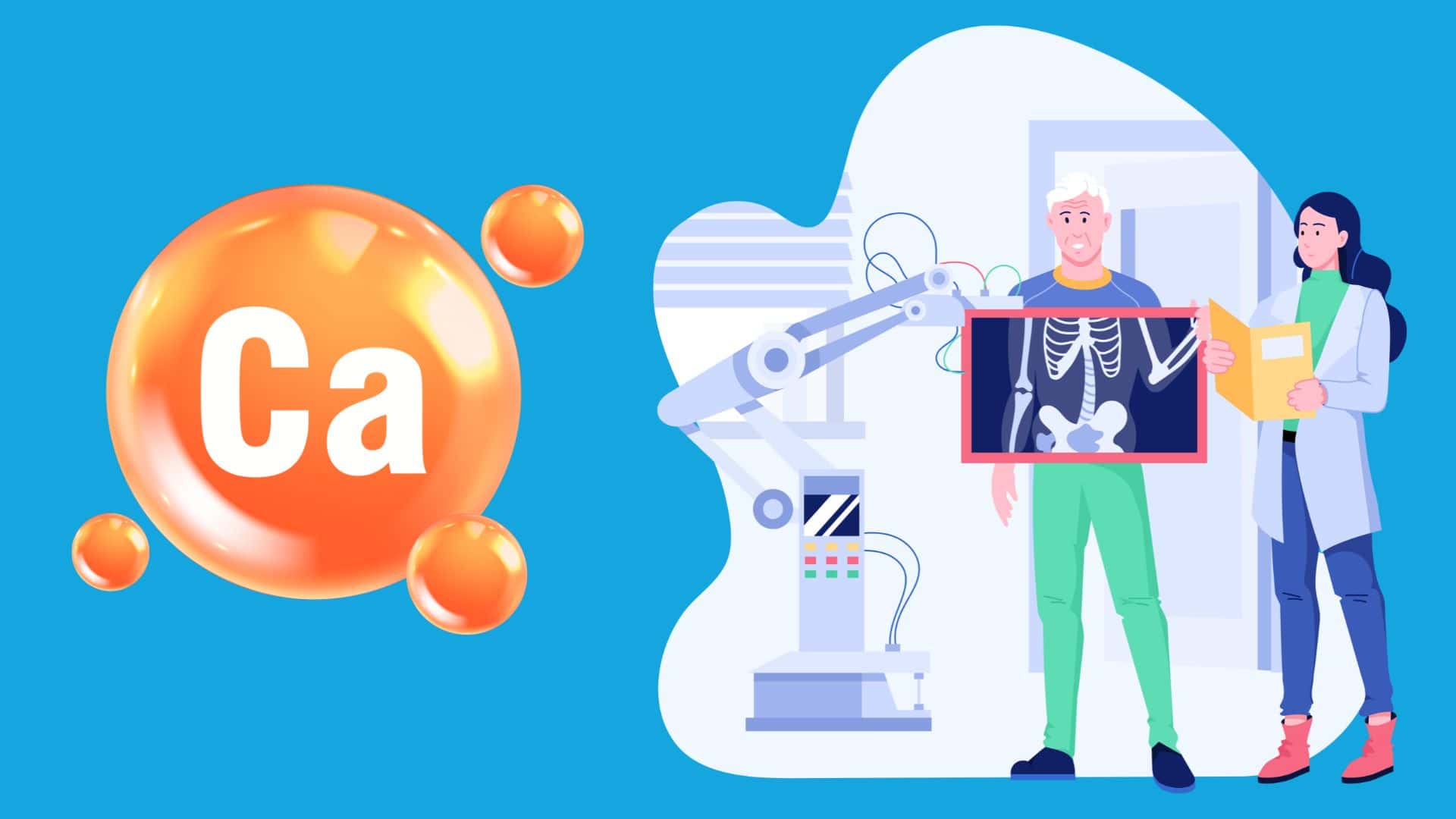
Calcium homeostasis is controlled by Parathyroid hormone, Vitamin D and Calcitonin. Both PTH and Vitamin D increase the serum calcium level while Calcitonin decreases the serum calcium. Disorders of any of these hormones or nutritional deficiencies present as various diseases.

Receiver operating curves or ROC curves are often used to compare diagnostic tests and to predict the accuracy of tests. Area under the curve can be calculated from ROC curves. We will learn how to interpret ROC curves and apply our knowledge to solve a few USMLE style questions on ROC curves.
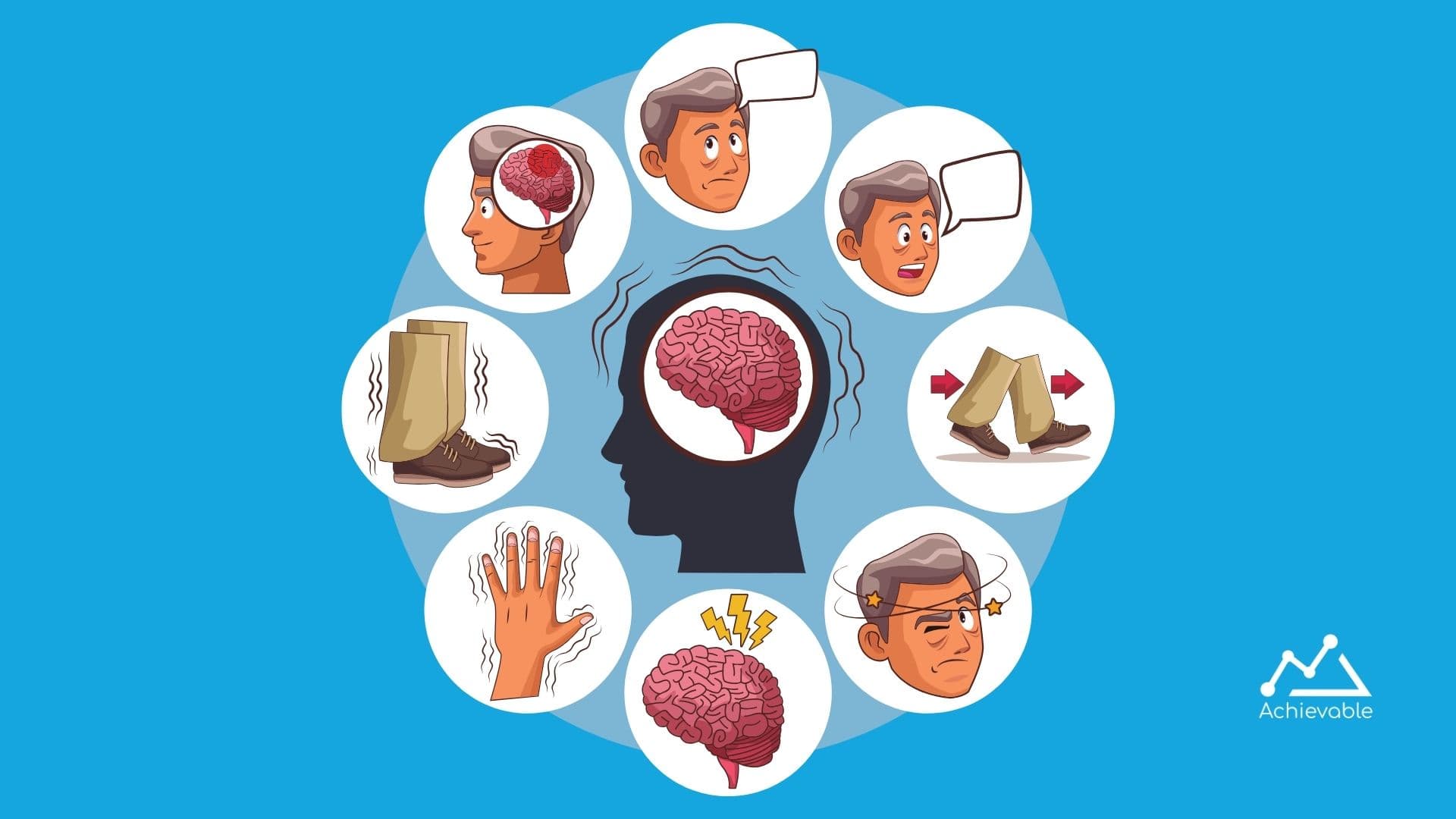
This video describes the various neurodegenerative disorders. Dementia is a common sign of neurodegenerative diseases. Although they share common signs and symptoms they can be differentiated by onset of clinical features and histopathology findings. Most of the neurodegenerative disorders have a progressive course and curative treatment is not yet available.
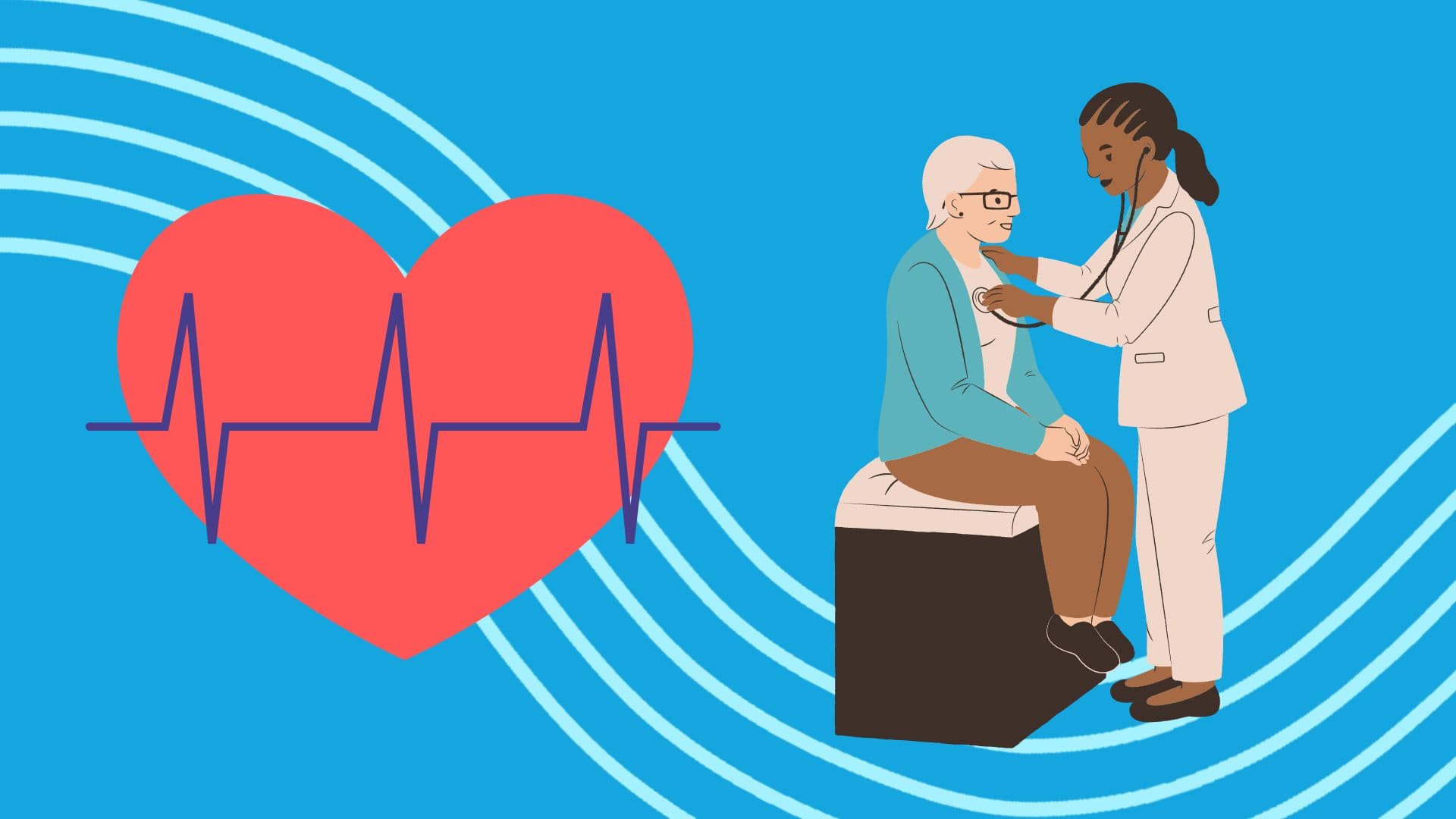
Congenital heart disorders (CHDs) are a common cause of infant morbidity and mortality and some conditions may even present initially in adulthood. This video explains how to classify CHDs as cyanotic and acyanotic and describes classical clinical, physical examination and diagnostic features of common CHDs.

A high yield USMLE Step 1 topic is muscle weaknesses. In this video, Sujata helps you differentiate the different causes of muscle weaknesses. They can be due to strokes, spinal cord lesions, or nerve, muscle, neuromuscular junction and nerve disorders.

Intelligent.com names Achievable a best USMLE Step 1 prep course of 2021 due to the flexibility it offers adults with busy schedules.
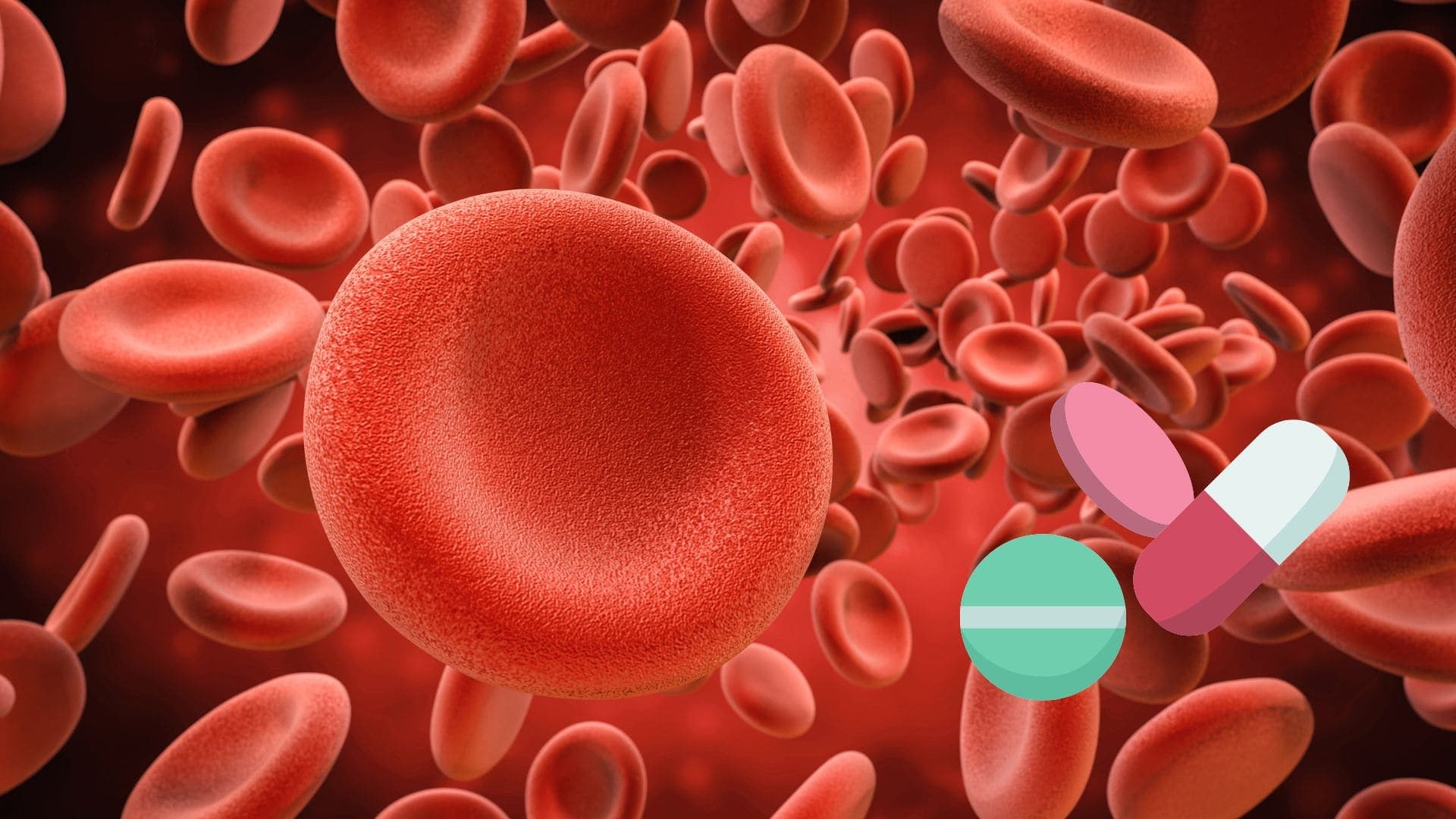
Another high yield USMLE Step 1 pharmacology topic is antiplatelet drugs. This video provides an overview of the pharmacology of cardiovascular drugs.
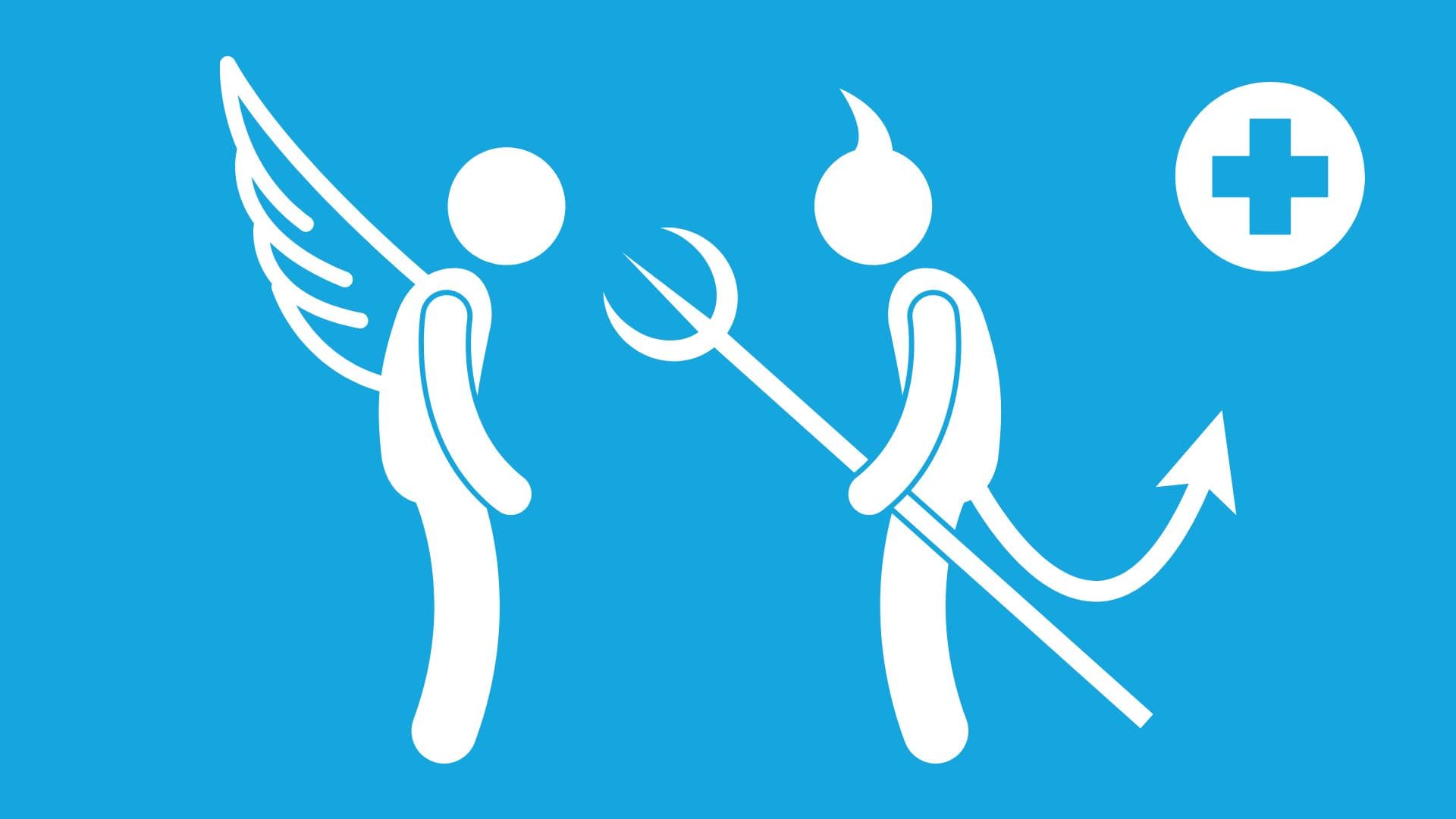
If you’re studying for the USMLE Step 1, understanding the pharmacodynamics of drugs and how they interact with patients is crucial. In the below video, Sujata Arecanteparamb, M.D., founder of GraceUSMLE and author of Achievable’s USMLE Step 1 course, explains the difference between agonists and antagonists in this short video.

How to study for any major exam and ace your test.